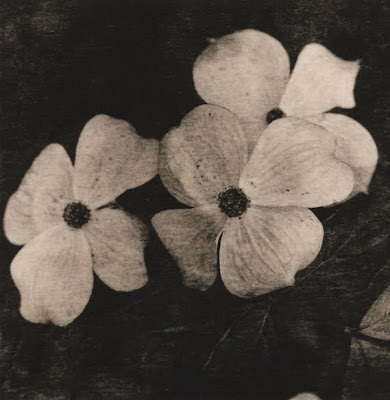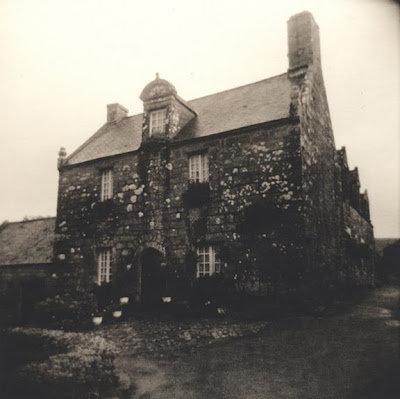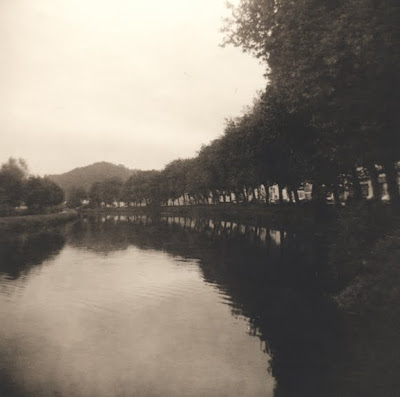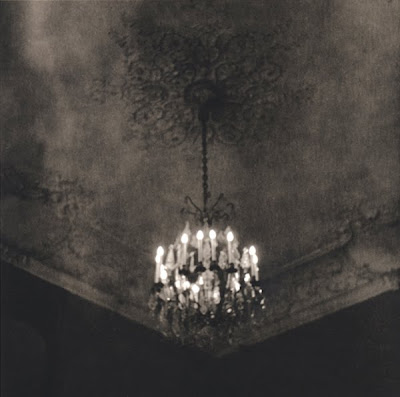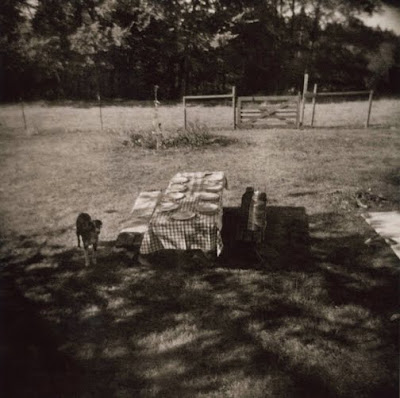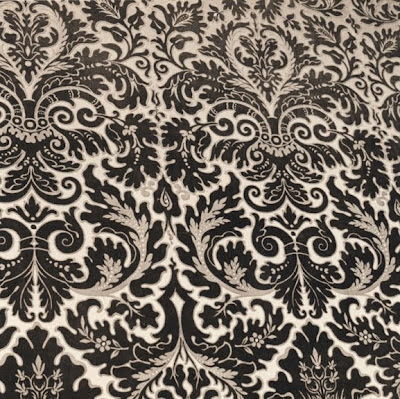Ann Pallesen
For the past fourteen years, Ann Pallesen has been the Gallery Director for the Photo Center NW in Seattle, creating over 150 exhibitions of emerging and established artists and organizing dozens of lectures with visiting artists and curators. Ann is a regular reviewer at portfolio review events around the country and juror for competitions outside of Photo Center NW. My first introduction to Ann was at a show that Keith Carter juried many years ago, and the first exhibition that I was incredibly proud to be a part of. What makes her so special, besides her impeccable eye and sense of humor, is that she is an accomplished photographer herself, creating timeless work that focuses on landscapes in unfamiliar territory and subjects in stolen quiet moments.
She has an appreciation of early turn of the century processes as well as vintage photographs from old albums and musty drawers in thrift stores. They connect history and a distant way of life to the present. These snapshots inspire her to look for moments that tell stories about a time or place – weaving a tale of the human experience on earth – creating a visual diary. Subjects are found in her own Pacific NW and abroad. She shoots with vintage and plastic cameras.
This form of lith printing is not to be mistaken with lith film or lithographic prints from stones. It is an analog printing process in the darkroom. The negative is heavily overexposed onto a warm tone black and white paper and then developed in a diluted lith developer. Hard shadows, soft highlights and warm hues are distinctive characteristics in lith prints.
There are no standard times in lith printing; each print is pulled from the developer when it is “ready” according to several visual inspections with a red filtered flashlight. The print is left in the developer until the dark areas start to surface. The print is then “snatched” quickly from the developer before infectious development spreads rapidly and blocks up the shadow areas.
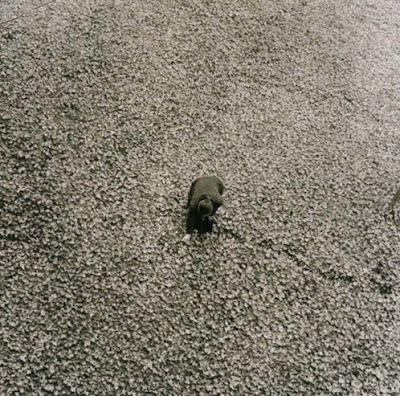
After a brief visit to the stop bath, the print’s contrast shifts one last time while “fixing up”. Prints dry down slightly darker, making the whole process fun to predict. There are too many variables to duplicate an exact print each time. Each print is unique and individual.
Posts on Lenscratch may not be reproduced without the permission of the Lenscratch staff and the photographer.
Recommended
-
Luther Price: New Utopia and Light Fracture Presented by VSW PressApril 7th, 2024
-
Artists of Türkiye: Sirkhane DarkroomMarch 26th, 2024
-
European Week: Sayuri IchidaMarch 8th, 2024
-
European Week: Steffen DiemerMarch 6th, 2024
-
Rebecca Sexton Larson: The Reluctant CaregiverFebruary 26th, 2024

